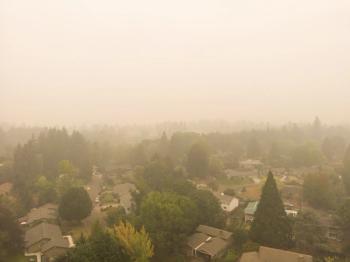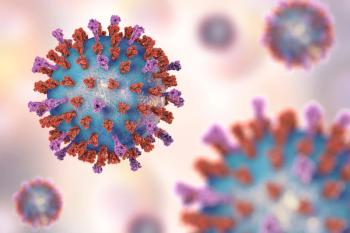
Higher Cost Burden for Kids' Asthma Medications Takes Toll
As parents foot more of the bill for their children's asthma medications, use of the medications decreases, a new study suggests.
As parents foot more of the bill for their children’s asthma medications, use of the medications decreases, a new study suggests.
Private health insurance plans that require patients to pay more for medications have been shown to reduce medication use in adults and increase emergency department visits and hospitalizations. Results from a study published in the March 28, 2012, edition of the Journal of the American Medical Association show a similar trend for children with asthma: Higher out-of-pocket medication costs led to slight decreases in asthma medication use and rates of hospitalization for asthma in children 5 years and older.
The study authors surveyed pharmacy and medical claims for 8834 children covered by private insurance who were treated with long-acting asthma control medications, intended to be taken daily, between 1997 and 2007. These claims included asthma-related hospitalizations and emergency department visits for 5913 children 5 years and older and 2291 children younger than 5 years. The data, which came from 37 US employers, were supplied by a benefits consulting firm.
The researchers analyzed the data to determine how rates of asthma medication use, asthma-related hospital visits, and asthma-related emergency room visits varied based on a family’s out-of-pocket costs for a fixed group of asthma medications. Medications cited in the data included inhaled corticosteroids (ICSs), long-acting beta2-agonists (LABAs), leukotriene receptor antagonists, combined ICS-LABA formulations, methylxanthines, cromolyn sodium, and immunomodulators.
The results showed an average out-of-pocket cost of $154 per year for children aged 5 to 18 years, and $151 per year for children younger than 5 years. For children aged 5 to 18 years, asthma medications were used on average 40.9% of days, and for children younger than 5 years, the medications were used on average 46.2% of days.
Frequency of medication use declined, however, as out-of-pocket medication costs increased. Patients aged 5 to 18 years whose costs were in the highest quartile used asthma medications on 40.3% of days compared with 41.7% of days for their peers whose costs were in the lowest percentile. Asthma-related hospitalizations for children aged 5 to 18 years whose costs were in the top quartile were also significantly higher than those whose costs were in the bottom quartile.
In addition, the study’s results indicate that higher out-of-pocket medication costs did not significantly decrease use for children younger than 5 years. The researchers note that parents may be less sensitive to medication cost for younger children and that they may monitor medication use more rigorously with younger children. The researchers also found that when both parents and children have asthma, children are more likely to use asthma medication regularly.
The researchers note that the study could not account for family treatment decisions that were not recorded in insurance data, nor could it account for family income. In addition, the researchers noted that they could not account for switches to lower-cost options that were outside the set of medications included in the study data.
To read the study, click
Newsletter
Stay informed on drug updates, treatment guidelines, and pharmacy practice trends—subscribe to Pharmacy Times for weekly clinical insights.




